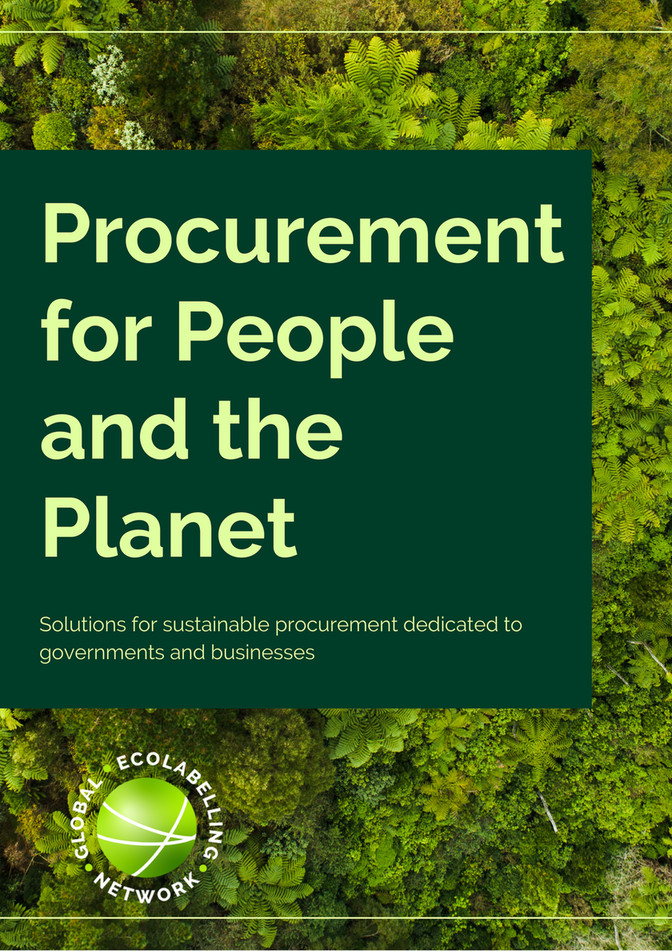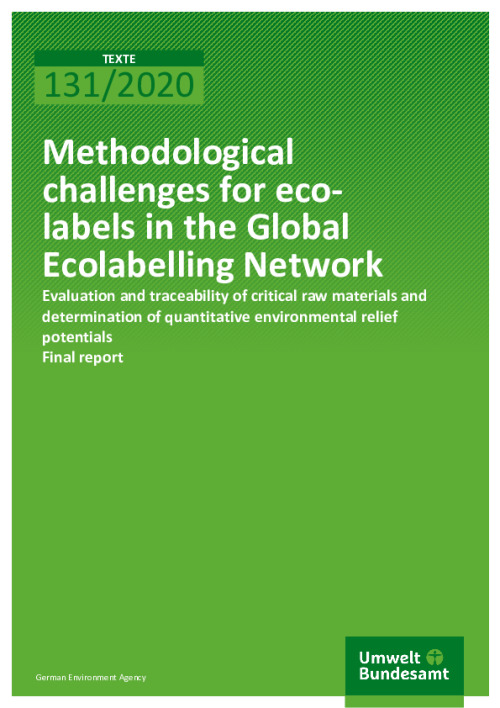
Consumer Information for SCP Programme
Consumer Information and Ecolabelling
promoting eco-labels to achieve sustainable consumption and production

Your Ecolabeling Hub
The Working Group (WG2) on Ecolabeling is led by The Global Ecolabelling Network (GEN) and UNEP and focuses on Type-I ecolabels. The objectives of the working group are to support collaboration among Ecolabel Type-I programmes and facilitate their mutual recognition and provide education, capacity building, and consultation to developing countries and emerging economies to develop Ecolabel Type-I programmes.
Background on ecolabeling and it’s role in achieving SDG 12
Sustainable Development Goal 12 (SDG 12), titled "responsible consumption and production" sets a precedent for empowering consumers to make informed decisions about their consumption habits. Ecolabelling is a method of providing information about the environmental impact of a product or service. Ecolabels can effectively enhance positive consumer choices as customers become more driven to be more environmentally conscientious in their purchase decisions. This method of consumer information can have a dual impact, not only empowering consumers but can also pressure businesses to alter their production methods to demonstrate that they are environmentally conscious. However, as a result of the growing popularity of self-declared ecolabelling, worries about 'greenwashing' and inflated marketing claims have arisen. Consequently, there is a growing demand for internationally agreed-upon and harmonised labelling techniques and standards to provide a fair and equal playing field.
To be classed as a Type-I ecolabel, an ecolabel must meet the requirements of the DIN EN ISO 14024 standard established by the International Organization for Standardization (ISO). In summary, Type-I Eco-labels are a “voluntary, multiple-criteria based, third party programme that awards a license which authorises the use of environmental labels on products indicating overall environmental preferability of a product within a particular product category based on life cycle considerations”. The key principle of Type-I ecolabels is that a third party sets the criteria and grants licence to use the label, making them verifiable. The criteria must also enable products to be distinguished by measurable environmental impact(s) with reference to product life cycle and performance.
The actions undertaken across the One Planet network focus on a common narrative that builds on the evidence and knowledge produced by UNEP, while leveraging the different expertise and partnerships within the programmes of the One Planet network.
Trainings and materials available
- Training series developed by UNEP and GEN on increasing knowledge on ecolabelling. 9 modules available here in English
- Introduction course on ecolabels available in English, Spanish and Russian
- Learn more about ecolabels: check out the flyers available in 6 languages (English, Romanian, Georgian, Ukrainian, Azerbaijani and Armenian) focusing on: 1) what are ecolabels, 2) what are their benefits, 3) what are the different types of ecolabels, 4) how to obtain type-1 ecolablels and 5) how to make the most of ecolabels.
Relevant Resources on Type-1 Ecolabels


Guidelines and Handbooks



Some recommended websites and databases on type-I ecolabels:
